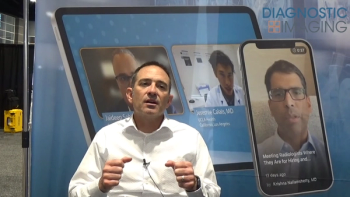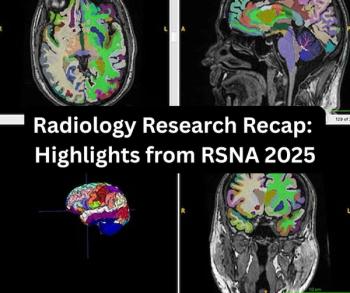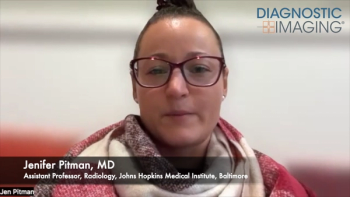
GE e-Speed finds a home
The latest version of electron-beam tomography, e-Speed, has been installed at Edward Heart Hospital in Naperville, IL. The hospital is among the first three sites in the world to install the EBT system, which GE Medical Systems acquired through its
The latest version of electron-beam tomography, e-Speed, has been installed at Edward Heart Hospital in Naperville, IL. The hospital is among the first three sites in the world to install the EBT system, which GE Medical Systems acquired through its corporate takeover of Imatron in December 2001 (SCAN 1/2/02). The EBT product is dedicated to cardiology and was introduced last year at the annual meeting of the American Heart Association (SCAN 11/27/03). GE released in mid-May at the annual meeting of the North American Society of Pacing and Electrophysiology a cardiac CT software application dedicated to electrophysiology. The software, called CardEP, includes tools designed to assist the assessment of complex cardiac anatomy. Features include interactive 3D modeling and segmentation.
Newsletter
Stay at the forefront of radiology with the Diagnostic Imaging newsletter, delivering the latest news, clinical insights, and imaging advancements for today’s radiologists.




























